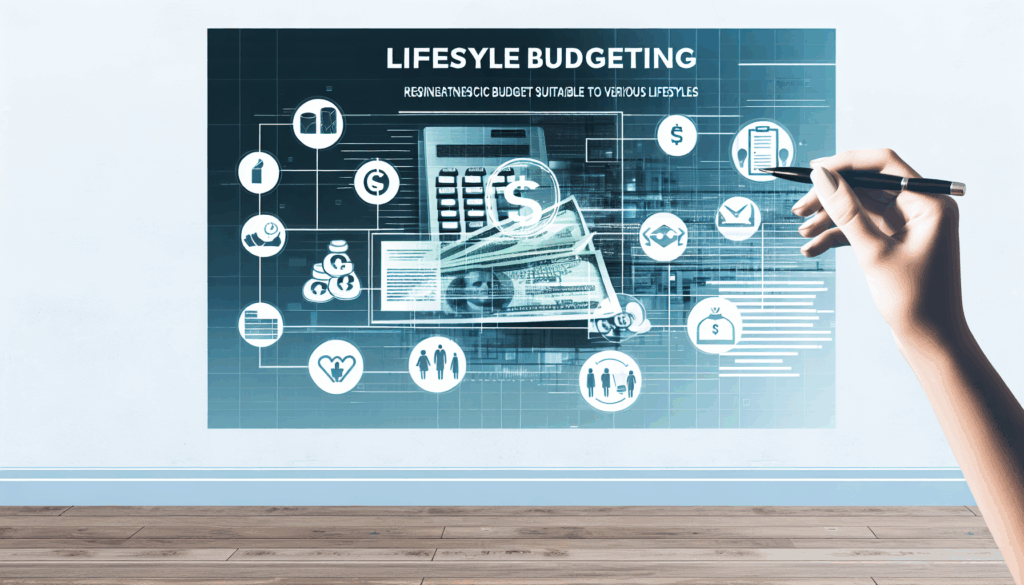Creating a budget that actually works for your daily life can feel overwhelming, but it doesn’t have to be perfect from day one. The key is building a realistic plan that fits your spending habits, income, and goals rather than forcing yourself into someone else’s financial mold.
When you create a budget that aligns with your lifestyle, you’re more likely to stick with it long-term. This means understanding your true spending patterns, prioritizing what matters most to you, and leaving room for the unexpected expenses that always seem to pop up.
Start with Your Real Numbers
Your budget needs to be based on reality, not wishful thinking. Track your spending for at least two weeks before creating any budget plan. This gives you honest data about where your money actually goes.
Look at your bank statements, credit card bills, and cash spending. Don’t judge yourself during this phase — just collect information. You might discover you spend more on coffee than you realized, or that your grocery bills vary wildly from week to week.
Calculate your true monthly income after taxes, insurance, and other deductions. If your income varies, use your lowest typical month as your baseline. This conservative approach helps prevent overspending when money is tight.
Use the 50/30/20 Rule as a Starting Point
The 50/30/20 budgeting method offers a simple framework that works for many people. Allocate 50% of your after-tax income to needs, 30% to wants, and 20% to savings and debt payments.
Needs include rent, utilities, groceries, insurance, and minimum debt payments. Wants cover entertainment, dining out, hobbies, and non-essential shopping. The savings and debt category includes emergency funds, retirement contributions, and extra debt payments.
Don’t worry if these percentages don’t work perfectly for your situation. If you’re paying off significant debt, you might need to adjust the wants category down and increase debt payments. The key is finding proportions that feel sustainable for your lifestyle.
Build in Flexibility for Real Life
Rigid budgets often fail because life doesn’t follow a predictable script. Your car needs repairs, friends invite you to dinner, or you find a great deal on something you’ve wanted for months.
Create a “miscellaneous” category that covers 5-10% of your budget for these unexpected but normal expenses. This buffer prevents small surprises from derailing your entire financial plan.
Consider using the envelope method for variable categories like groceries and entertainment. When you’ve spent that month’s allocation, you’re done — but you can also move money between envelopes if needed. This flexibility helps you stay within your overall budget while adapting to changing circumstances.
Automate Your Success
Make your budget work by automating as much as possible. Set up automatic transfers to your savings account right after payday. Schedule automatic payments for fixed bills like rent, insurance, and loan payments.
This approach removes the daily decision-making that can lead to overspending. When your savings and essential expenses are handled automatically, you can focus on managing your discretionary spending without worrying about missing important payments.
Use banking apps that categorize your spending automatically. Many banks now offer tools that track your progress toward budget goals and send alerts when you’re approaching limits in specific categories.
Prioritize Your Values
Your budget should reflect what you truly care about. If travel is important to you, allocate more money to that category and spend less on things that don’t bring you joy. If you love cooking, invest in quality ingredients and kitchen tools while cutting back on restaurant meals.
This values-based approach makes budgeting feel less restrictive. Instead of cutting everything equally, you’re making conscious choices about how to spend your limited resources on things that matter most to you.
Review your spending categories every few months. Your priorities might change as your life evolves, and your budget should adapt accordingly. The importance of setting smart financial goals becomes clear when your budget supports your bigger picture objectives.
Handle Irregular Expenses
One-time and seasonal expenses often destroy otherwise solid budgets. Car maintenance, holiday gifts, annual insurance premiums, and home repairs are predictable in general but unpredictable in timing.
Create a separate savings category for these irregular expenses. Divide your estimated annual costs by 12 and save that amount each month. When the expense occurs, you’ll have money set aside instead of scrambling to find cash or adding debt.
Track these expenses over time to improve your estimates. You might find that you consistently underestimate home maintenance costs or overestimate holiday spending. Adjusting your monthly savings amount based on real data improves your budget accuracy.
Review and Adjust Regularly
Your budget isn’t a set-it-and-forget-it tool. Plan monthly reviews to see how you’re tracking against your goals and identify areas that need adjustment. These sessions don’t need to take long — 15-20 minutes is usually enough.
Look for patterns in your overspending. If you consistently go over budget in certain categories, consider whether your allocation is too low or if you need to change your spending habits. Sometimes the solution is adjusting the budget, and sometimes it’s adjusting behavior.
Don’t abandon your budget completely when you have a bad month. Instead, analyze what went wrong and make specific changes. Maybe you need a larger dining out category, or perhaps you should explore ways to cut monthly expenses in other areas to balance things out.
Make It Sustainable
The best budget is one you’ll actually follow for months and years. This means being honest about your habits and limitations while gradually improving your financial discipline.
If you typically spend $200 monthly on restaurants, don’t slash that to $50 overnight. Reduce it to $150 first, then $100 after you’ve successfully maintained the lower amount for a few months. Gradual changes are more likely to stick than dramatic overhauls.
Consider using apps or tools that align with your personality. Visual people might prefer charts and graphs, while others prefer simple spreadsheets. Find a system that feels natural to use rather than fighting against your preferences.
Remember that budgeting is a skill that improves with practice. Your first budget won’t be perfect, and that’s completely normal. Each month teaches you something new about your spending patterns and helps you refine your approach. Focus on progress rather than perfection, and celebrate the small wins along the way.
The goal isn’t to create the most restrictive budget possible — it’s to create a financial plan that helps you achieve your goals while still enjoying your life. When your budget reflects your real priorities and circumstances, it becomes a helpful tool rather than a source of stress.



